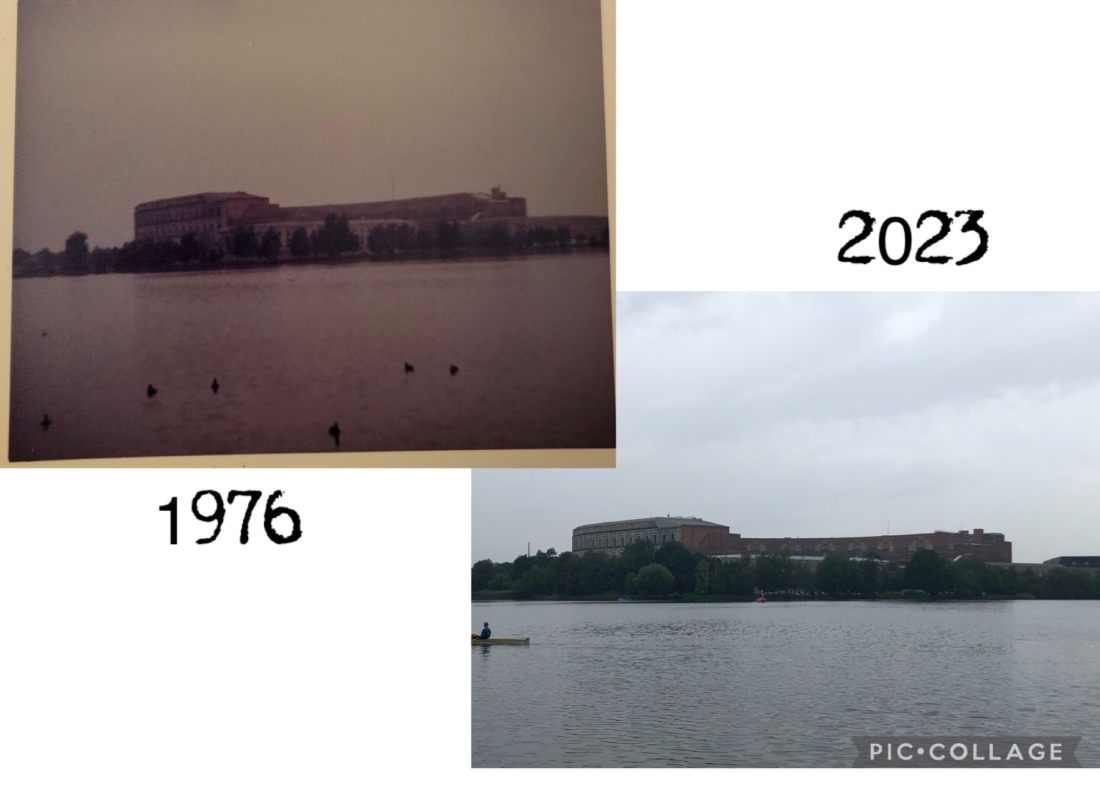In 2018, the book, Postcards from Auschwitz: Holocaust Tourism and the Meaning of Remembrance by Daniel P. Reynolds examined the link between tourism and collective memory. Within the past twenty years, there has been a rise in tourists visiting places associated with the Nazi genocide of the European Jews. How do these tourists shape how the Holocaust is remembered and thought about?
In July, twenty-four young professionals spent ten days being Holocaust tourists as they traced the rise of the Nazi Party through the present day. Spending time at these memorials and museums raises the question – how should a tourist act and interact with places like Sachsenhausen and the Nuremberg Rally Grounds?


Is it okay to take pictures at a concentration camp? For me, I take pictures to remember the site and to be used within the classroom. Within twenty years, how will Sachsenhausen appear to the public? Will the weather continue to destroy the camp? Will Germany’s government ever decide that they no longer want to keep the camp as a place of remembrance? Students can always watch movies or documentaries about the many concentration camps and death camps. However, nothing that makes a bigger impact on a student is talking from personal experience about walking the same paths as the political prisoners or the Jews walking to their death.
What about taking pictures of standing in the same spot where Hitler reviewed his troops and the SS in Nuremberg? For some tourists, this is an okay action. For others who are impacted by the Holocaust, taking pictures like this is wrong.
So, is taking pictures of places associated with the Nazi genocide of the European Jews right or wrong? Ultimately, the only person that can make that decision is you.
